Today, access control systems are a top priority for any homeowner, no matter where they are. A good access control system can not only protect your own personal safety but also build a line of defense for people’s privacy and property safety. However, if you want to choose a good access control system for your home, you need to have some knowledge of door lock technology.
According to the survey, RFID access control and door lock systems have long been one of the most popular access control system options for commercial enterprises, and there are different solutions for RFID locks in the market. This guide will introduce RFID locks to you from the definition, application, advantages and disadvantages, and common problems of RFID locks, please continue reading to learn more about RFID locks, hoping to help you choose a suitable RFID door lock solution.
1. What is an RFID lock
Radiofrequency identification locks are also known as RFID locks. It is an electronic lock using RFID technology for authentication and access control, which combines RFID technology and a key card reader as a remote credential for access control applications. With RFID locks, you can use a key card to gain access to your home instead of a physical key.
1)What is RFID technology?
RFID technology is radio frequency identification technology. As the name implies, the core technology of RFID locks is RFID technology. RFID (Radio Frequency Identification) technology uses electromagnetic fields to achieve communication between the two devices, the tag, and the reader. Today, many industries use RFID technology. For example, logistics companies use RFID technology to monitor the logistics information of goods in real time, and the medical industry uses RFID technology to identify the authenticity of drugs.
The history of RFID dates back to the 1940s; however, it was used more frequently in the 1970s. Car keys, employee IDs, medical records, highway toll tags, and security access cards all contain them.
2. How do RFID door locks work?
RFID door locks work by using radio waves to create a connection between a credential and a card reader. The credential can be a key card or a code stored on your smartphone. For your security, the key card and smartphone must be your only means of entering the house. If your credentials are lost or stolen, you should immediately cease access to those credentials.
The card reader in the door lock is adapted to read the information stored on the card, you put the credentials in front of the RFID door lock system box (RFID reader) to unlock the door. If you put the wrong card or key tag in front of the RFID door lock system box (RFID reader), the door will not unlock. And once the door is closed again, the door will automatically lock.
An RFID door lock is a wireless electronic access control device that functions like a smart lock. But the difference is that smart locks can be unlocked by connecting to the Internet and Bluetooth, while RFID door locks also require the homeowner to use a physical device to unlock the lock, such as a key card. Additionally, RFID locks can be programmed with both fixed and dynamic codes, which means you can choose to issue keys temporarily without changing any settings.
This works great for homes used as vacation rentals (such as Airbnb) and is easily managed as a host in seconds. Landlords can use the technology to let guests in, as well as cleaning services and other contractors who need access to the premises. You can also set the lock to only work during certain hours, which means you don’t have to give out your keys all day.
1)RFID door lock system components
There are mainly 4 components that make up the RFID door lock system, they are the control panel, RFID reader, RFID tag, and electronic locking mechanism. Authenticating credentials with an enrolled keycard or fob requires all of these components to work in sequence.
- Control Panel— The control panel is mainly used to read the data transmitted from the RFID door system, and it is a computer control panel connected to the fixed RFID reader.
- RFID Reader — An RFID reader will be installed next to a security door or RFID door lock; the device contains an antenna designed to receive the transmitted data, and in the case of an active system, it will emit an electromagnetic field to nearby RFID tags.
- RFID Tag - Typically installed in a key card or key fob, this device carries the digital credential information required to access the corresponding RFID door lock.
- Electronic Locking Mechanism - If the control panel verifies the credentials provided by the user, commands are sent to the RFID door locking mechanism, granting access to the user.
3. Advantages of RFID lock
In the modern world, safety and security in private and commercial places is a matter of great concern to businesses and individuals. During these trying times, RFID locks have gained widespread popularity and gained a firm foothold in the security industry, favored by commercial and residential owners alike. This is because RFID locks have certain advantages, and the following will introduce the advantages of RFID locks for you.
1) Physical advantage
Since there is no exposed card slot, RFID locks are generally waterproof, and it is not affected by the weather. They also provide simpler and better access control than keyed locks or traditional locks, for example. As mentioned earlier, these locks use wireless technology and do not require physical contact with the card to trigger the system. Therefore, designers do not need to design exposed card slots or key slots in RFID locks, which may be damaged when exposed to water or moisture.
2) Security
Data stored on RFID systems are generally secure because specialized equipment is required to read the data. Additionally, RFID key cards are more difficult to duplicate than traditional keys, thus providing peace of mind for unauthorized users.
3) Convenience
Because only a key card is needed to open the RFID lock, this avoids the problem of fumbling for keys. Using an RFID card or key fob is much easier than fumbling for the key. It takes only a fraction of a second to hold the RFID key nearby to unlock the security system. Fast and convenient, the whole process takes only a few minutes. Additionally, health-conscious residents will also appreciate the benefits of a contactless approach to access, since some RFID readers can read tags without the user touching them. The key card is smaller in size, the same as a normal bank card. So it is easy to carry.
4) Multiple ways to enter
RFID locks can be opened using your smartphone in addition to using a specific key card. When you forget your key card, you can also use your smartphone to open it.
5) Variety of choices
You’ll have more options as RFID locks come with a wide range of cam and spindle lengths to fit a variety of doors and furniture, making them suitable for any business or application.
6) Easy to manage
A single RFID key card can be set up to work with multiple doors in a building. Different types of locks can be programmed using one RFID key card. This saves users from the confusion of using different cards for different locks while allowing each lock to have independent access policies. For example, you can grant residents access to their units in addition to indoor amenities like a gym. You can do this by programming one key for multiple rooms, rather than creating separate key cards for each room.
4. Disadvantages of RFID lock
Although RFID locks have many advantages, at the same time it also has many disadvantages, as shown below.
1) Higher cost
The initial cost of installing an RFID door lock system can be high, especially if you are installing an RFID door lock for the first time and need to replace your existing lock. Additionally, RFID is expensive and complex to set up. The setup requires the lock to be linked to a security system that can be accessed, controlled, and logged via a computer system.
2) Rely on power
RFID door lock systems require battery power to maintain operation, so in the event of a power shortage or blackout, the system may malfunction.
3) Hacking
If the security system is not strong, your RFID door-locking system is vulnerable to hacking. Hackers can intercept RFID signals and gain unauthorized access, creating security concerns.
4) Susceptible to interference
RFID signals may be blocked or interfered with by metal objects or other electronic devices, causing system failure.
5) Limited scope
As mentioned above, you need to hold the key card close to the door lock reader to open the door, which means you can’t open the door from a distance, which can be inconvenient.
6) Regular maintenance
Installing the RFID door lock does not mean once and for all, you need to pay attention to the condition of the RFID door lock at any time, including cleaning the RFID reader and replacing the battery. If not properly maintained, the system may malfunction or fail.
5. Types of RFID door systems
Generally, RFID access control technology is divided into three main operating systems, including low-frequency RFID door systems, high-frequency RFID door systems,s, and ultra-high-frequency RFID door systems.
1) Low-frequency RFID door system
Low-frequency RFID door systems require the key card or fob to be within 10cm of the reader so that the RFID reader can read the information and eventually open the door. The reading frequency range is typically 125 kHz – 134 kHz. Due to the short distance, it has the advantage that it is not easily interfered with by other signals. Low-frequency RFID door systems are generally found in offices and business centers where it is easier to store card keys.
2) High-frequency RFID door system
The high-frequency RFID door system has a reading frequency of 13.56 MHz and a reading range of 10 cm to 1 meter, which increases the adaptability of the door lock on the basis of low frequency. High-frequency systems are moderately susceptible to interference. It is commonly used in ticketing, payment, and data transfer applications. The advantage of using this system is that you don’t have to get too close to the doors and wait for them to activate. On the other hand, the door will activate at a distance of about 10cm, which means that if you get close, the door will not open from the chip.
3) UHF RFID door system
The reading frequency of the UHF RFID door system usually works at 900 MHz, which has the fastest scanning speed and the largest reading range. This means that if the credential is within 328 feet, the lock can be activated. However, UHF is susceptible to interference due to its wide read range. If interference is not managed on an ongoing basis, it can reduce the reliability of UHF communications and present a significant security risk if someone attempts to intercept data from RFID devices.
UHF RFID door systems are generally used in garages because, with this system, you can unlock the door without getting out of the car, which is very convenient.
The following table is the frequency type of RFID we have compiled for you, including other frequencies.
| Frequency | Read range | Data and speed | Application |
| Low Frequency (125 kHz – 134 kHz) | short to medium 3-5 feet | Low speed – small data | – tag animals
– Inventory Control |
| High frequency (13.56 MHz) | 1-3 feet shorter | Medium speed – small to medium data volume | – smart card
– Proximity Card |
| VHF (433MHz) | 1-1000 feet high | High speed – large data volume | – Asset Tracking
– Location Tracking |
| UHF (860MHz – 960MHz) | Medium 1-30 feet | High speed – small to medium data volume | – Labeling at the pallet or case level |
| Microwave frequencies (2.45 GHz and 5.4 GHz) | 1-300 feet high | High speed – medium data volume | – Container rail cars
– Auto Turnpike |
6. Application of RFID lock
Due to the excellent characteristics of RFID lock, RFID lock has become an excellent solution in many industries and fields, and you can see RFID lock in the fields of office, residence, and hotel.
1) RFID lock in the office
Today, many large offices and workplaces use RFID door-locking systems because they allow employees easy access. Managers can grant employees access rights and prevent other irrelevant personnel from entering, which can protect the company’s business secrets. In addition, managers can also know who has entered the office by checking the records, which is convenient for management. If and when security changes, administrators can reprogram the card. For example, if a junior employee becomes more senior and needs greater access, you can reprogram her card instead of providing a new one.
Speaking of which, I remember I have a friend who is a bearing supplier. He recommended I use an RFID lock in the office because he said that he uses an RFID lock in his office, which is very convenient for managing staff.
2) RFID lock in residential areas
An RFID reader is installed on the door and the user wears an RFID tag, when the user brings the tag within range of the reader, the reader sends a signal to the door controller and the user unlocks the door. Nowadays, more people like to install RFID locks at home, because compared with traditional locks, RFID locks can enter the house without you carrying a physical key. Isn’t this more convenient? Second, RFID tags are more secure because they are difficult to copy. Finally, you have more control over who has access to your home. For example, you can grant temporary access to visitors without giving them a key.
3) RFID lock of the hotel
In recent years, more and more hotels have used RFID locks. The hotel’s RFID lock makes the place seem qualified. Doors made of stainless steel and extruded aluminum are suitable for wooden doors. Battery-powered and easy to use, they run on AA batteries. They are waterproof in design, reliable, and stable quality. In addition, by using the door lock, hotel managers can better implement key management and tracking functions. Finally, RFID lock systems can provide an added level of security for employees and guests.
7. Features to consider when selecting an RFID lock
If you’re thinking of adding RFID locks to your building, make sure you choose the best locks that will improve convenience and security. Here are 5 features you need to consider when choosing an RFID lock.
1) Backup access method
Although it is very convenient after installing the RFID lock, you can unlock the door with just a quick click of the RFID card or key fob, but what if someone forgets or loses the key fob? That’s why you need to provide an alternate method of access. Look for RFID door locks with additional methods of entry, whether you use a traditional key and lock, a keypad for entering a PIN, or opening a smartphone app.
2) Auto lock function
If installing RFID door locks to protect valuables or important information, you should choose a system that automatically re-locks after being accessed. If you choose an RFID access control system with this feature, you will reduce liability in the event of a break-in by preventing staff or tenants from accidentally unlocking their access points.
3) Access to set time
Sometimes you want to be able to control when someone can access a building or room. For example, suppose you want to install RFID locks on the doors of your apartment gym. But the gym is open from 9 am to 6 pm. Also, you don’t want anyone using the gym outside of these hours. You can set time limits on the access rights of each user with RFID locks with time-based access.
4) Keyboard and guest access
Issuing RFID card lock access keys to visitors or vendors is not always feasible or realistic, as the risk of these credentials being lost or stolen may require the entire system to be reprogrammed. In these cases, it would make more sense for you to choose to issue one-time passwords. At this time, an office RFID reader equipped with a keyboard can solve this problem. Personalized digital codes can be quickly assigned to visitors in lieu of RFID door systems, granting users personalized access credentials that can be easily revoked if necessary. In addition, some RFID commercial door lock solutions can also support digital visitor passes.
5) Anti-tampering function
Another important consideration is strong tamper resistance, as it will help protect your belongings. What happens if someone tries to break into your home and fails? Will it sound an alarm to scare them off or alert you remotely so you know what’s going on in your home? What security measures does your door lock have? This helps secure your home when left unattended and keeps unwanted guests out.
8. RFID lock FQA guide
Here are some answers to frequently asked questions about RFID locks.
1) How safe is the RFID lock?
As a means of securing premises and property, RFID locks are becoming more popular. But how safe are they? I know what worries people the most at this point. Don’t worry, RFID locks are secure, especially when we’re talking about the biometric type. RFID locks cannot be picked or bypassed for entry. If a visitor or employee accidentally takes a key card home, the company can deactivate it. RFID locks allow the flexibility of changing the location of access for those who need access to a specific room within a business or whose use of that room changes. What I can tell you is that the vast majority of RFID locks on the market today are very secure and hard to crack.
Of course, no security system is perfect, and some savvy hackers will always find a way to breach the system, but the chances of this happening are relatively small. Overall, RFID locks are a very effective and secure option.
2) What should I do if I lose my key card?
In case of an emergency or accidental loss of your card, all you need is your PIN or spare key to gain access. But please keep in mind that lost keys cannot be removed individually. If this card is to be removed, all cards must be removed and reprogrammed. And you have to buy a new key card and program it as follows.
- Put the programming card on the lock – then you will hear a beep
- Put the key card to be activated on the lock
- The key is now activated and ready for testing.
3) Why is my RFID chip not working?
Generally speaking, if the RFID chip fails to work, there are the following reasons:
1. The door/drawer is too thick
-
- RFID card:
- Available at 125 kHz. 25mm
- Available at 13.56 MHz. 20mm
- RFID chip
- At 125 kHz, they are up. 20mm
- Available at 13.56 MHz. 15mm
- RFID card:
2. Surfaces must not be made of metal or metal composites
3. The RFID technology must be compatible with the lock’s technology
-
- The card must be compatible with 125 kHz – EM4102/EM4200.
- 13.56 MHz with Mifare ISO 14443A
4) What if there is a power outage?
If the power goes out you don’t have to worry because most RFID locks have battery backup, but you can also choose to use a key as an extra battery backup. If you live where there are frequent power outages, make sure you keep a spare key at home and keep an eye on your RFID lock’s remaining charge.
5) Can I use a work key with a home lock?
If your lock can read the frequency of a working key, it’s probably compatible. It depends if they use the same format, and whether the management application allows you to use a custom key. If you’re traveling, it’s very convenient to be able to use different keys to open your home and office door locks at the same time. Chances are, though, those products won’t be compatible unless you go out of your way to find home locks that are compatible with the existing locks you have at work.
9. Conclusion
RFID locks are the best option to secure your room and office because of their many advantages. Of course, before you even consider buying an RFID lock, you need to know enough about it. I hope this article can help you find the right RFID lock, if you have any questions about RFID locks, please feel free to contact iLockey.

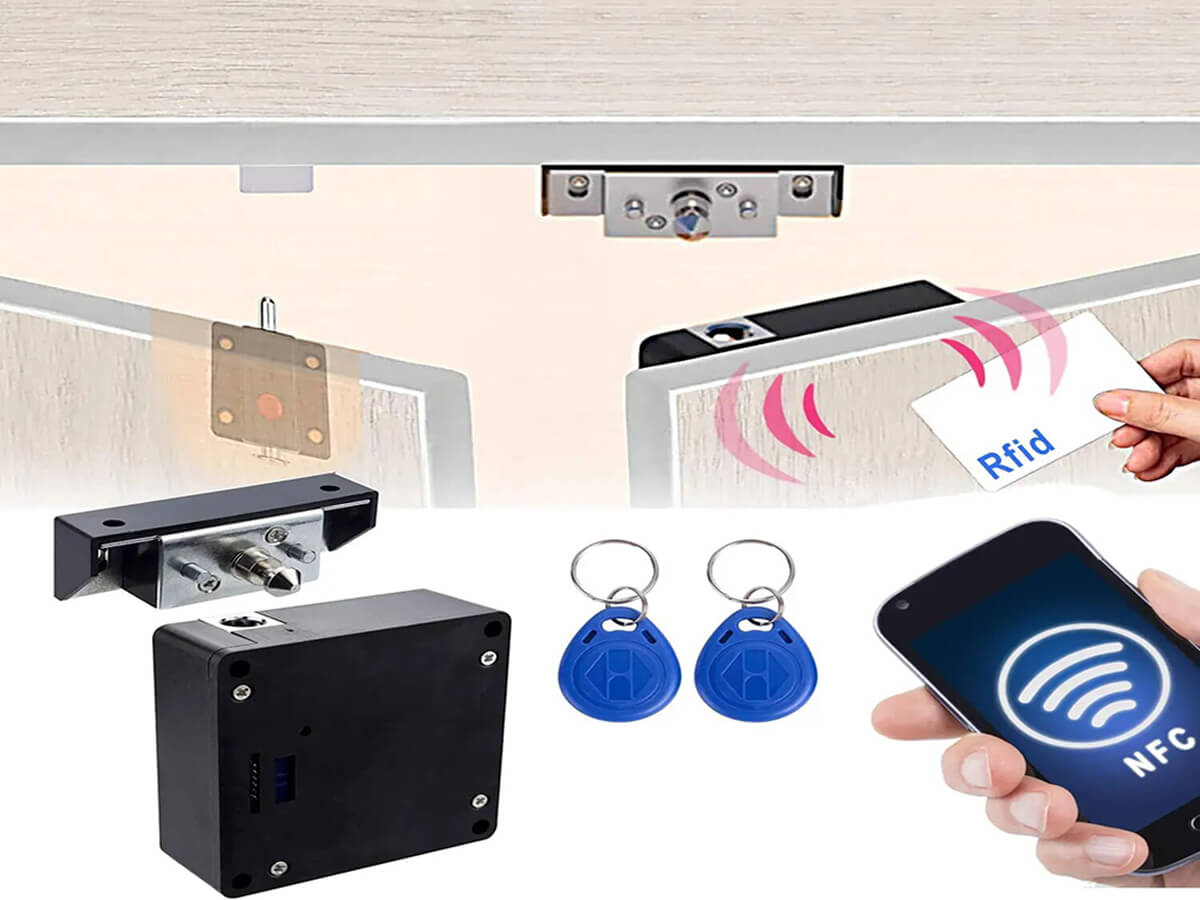
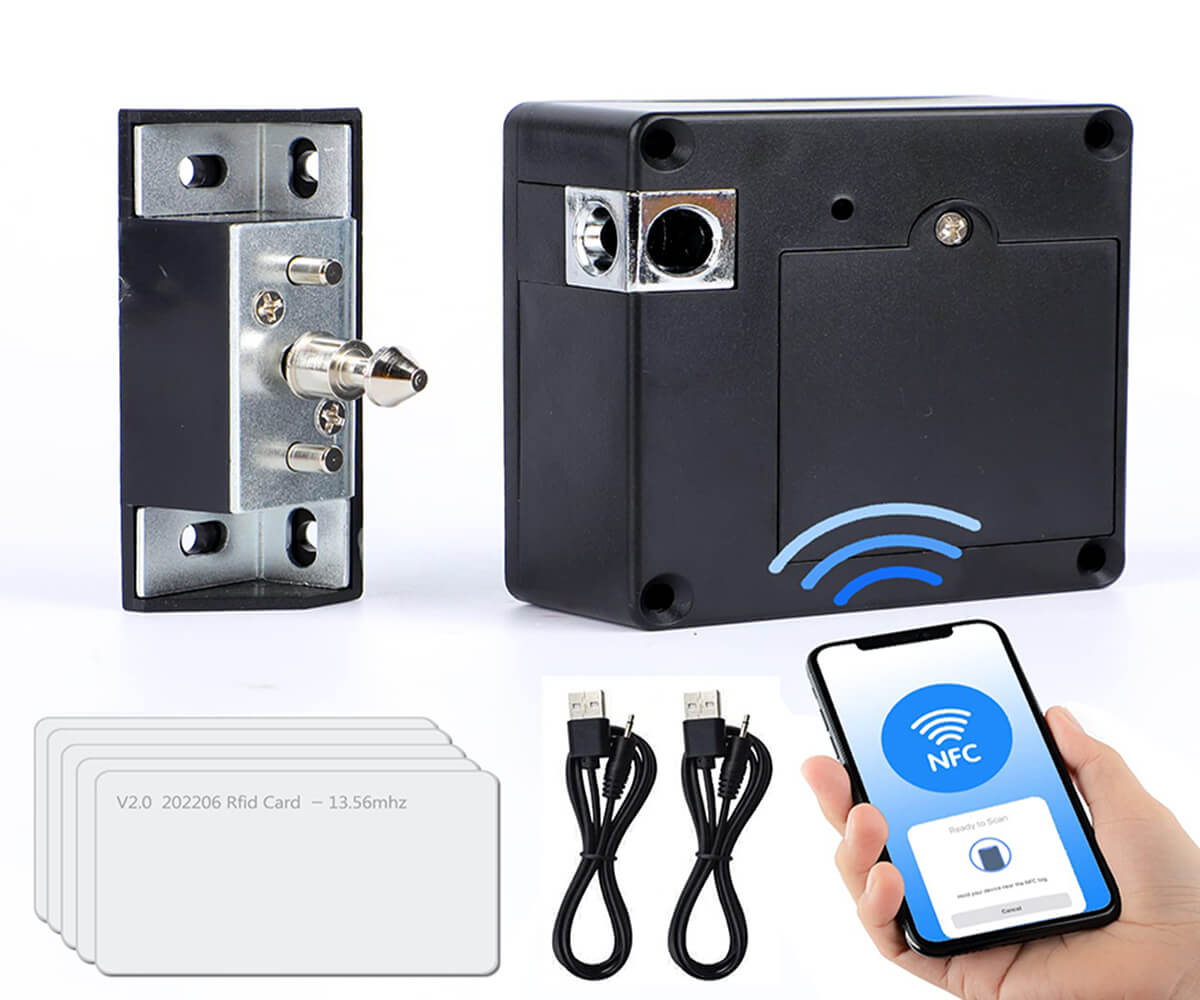
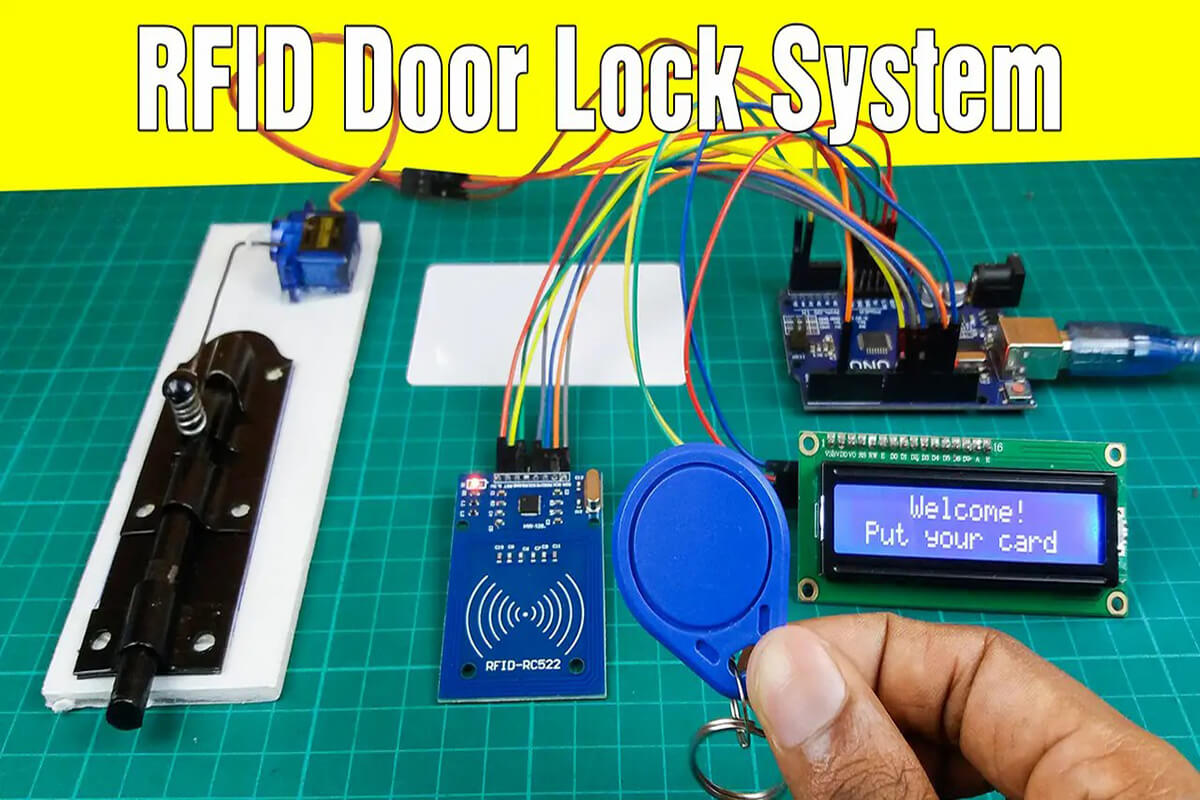
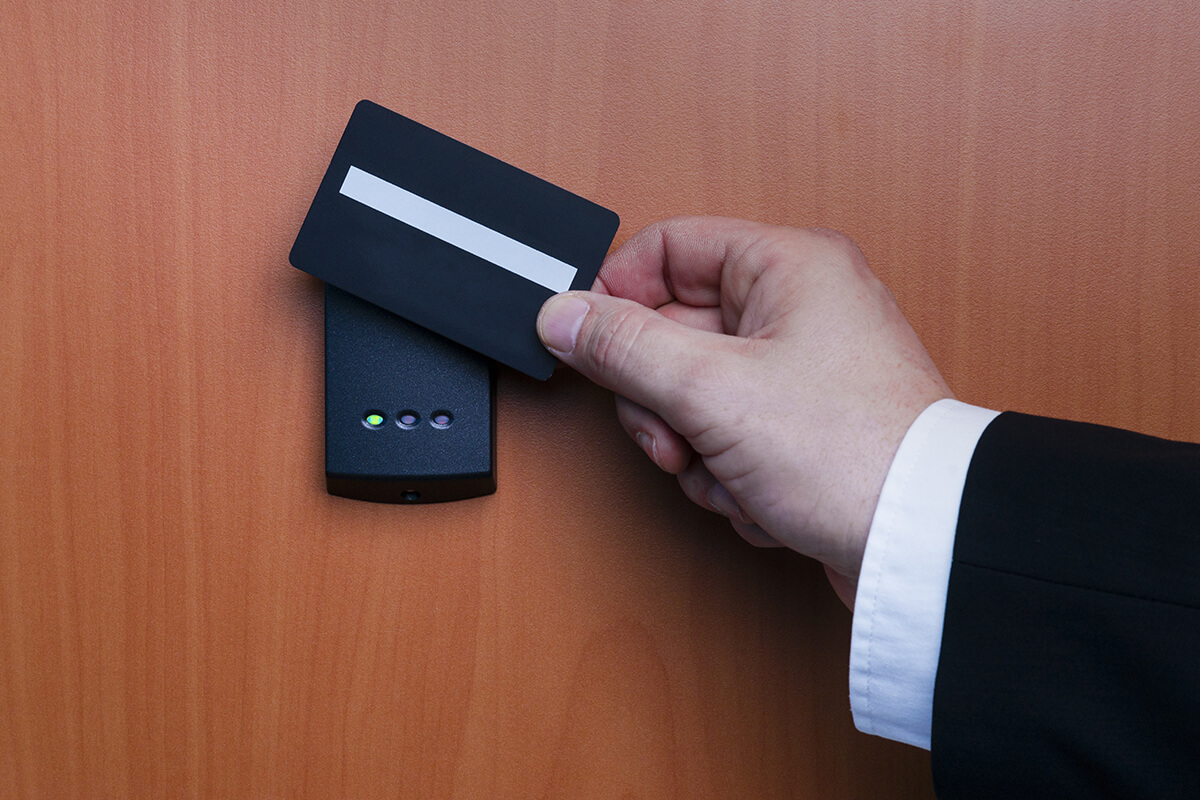
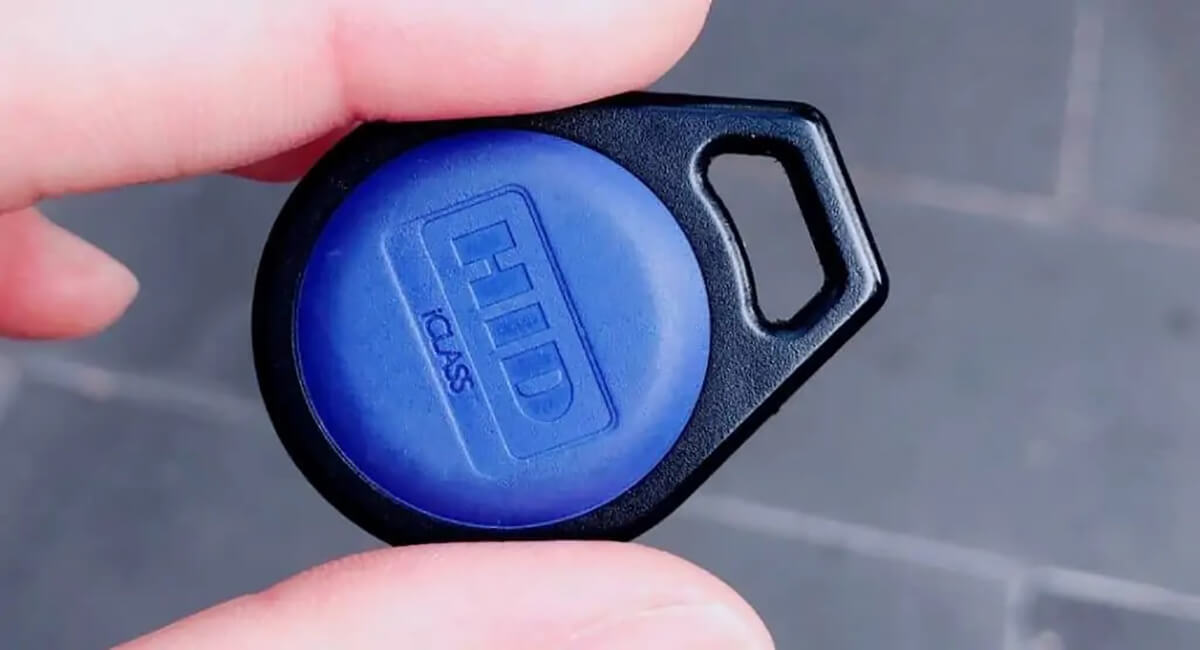
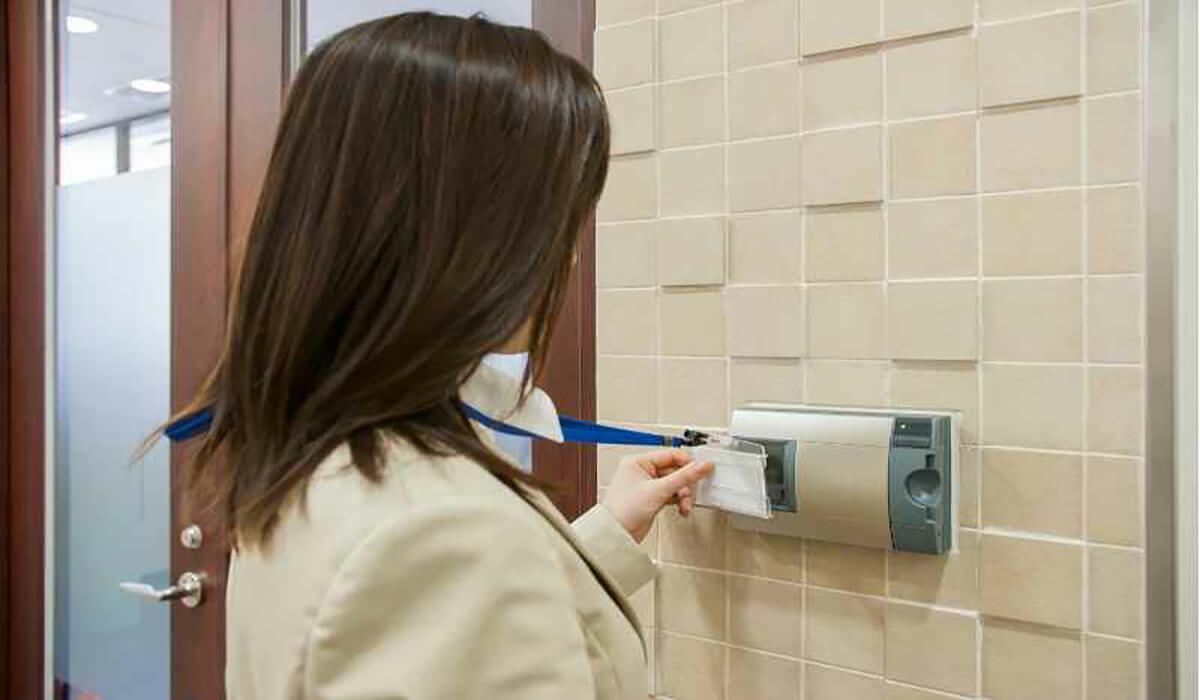
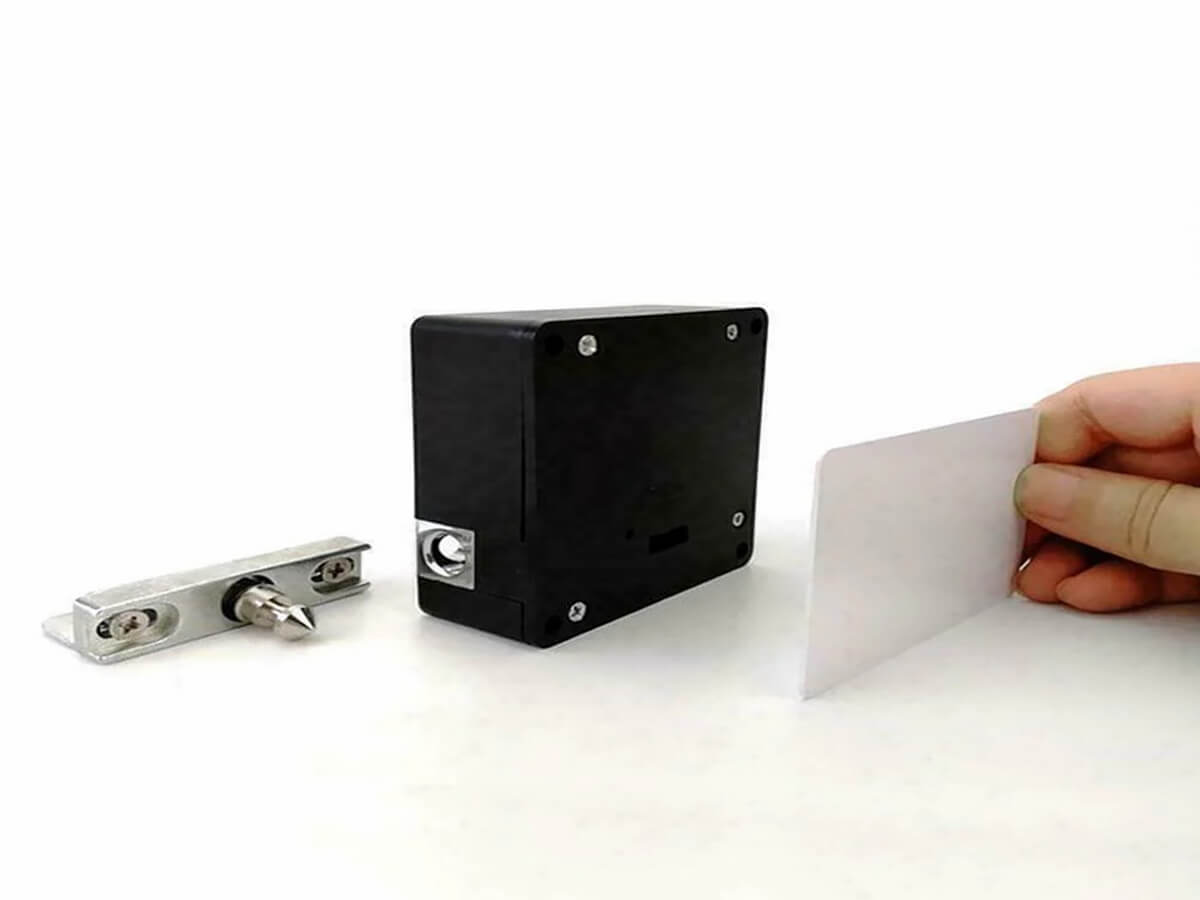
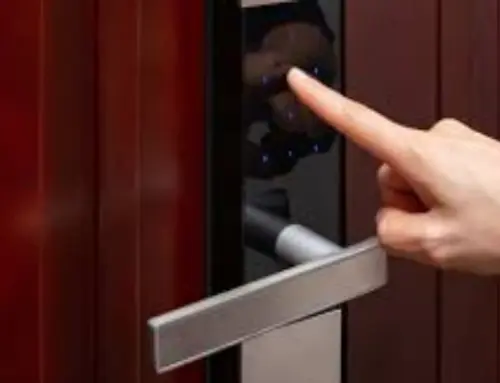

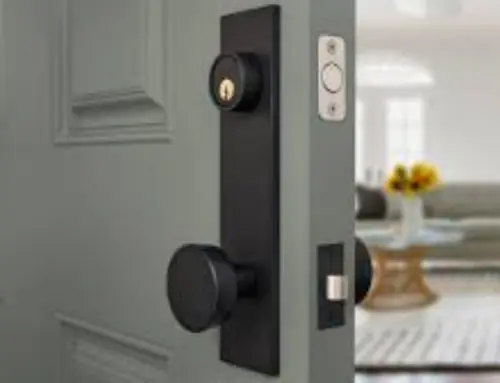
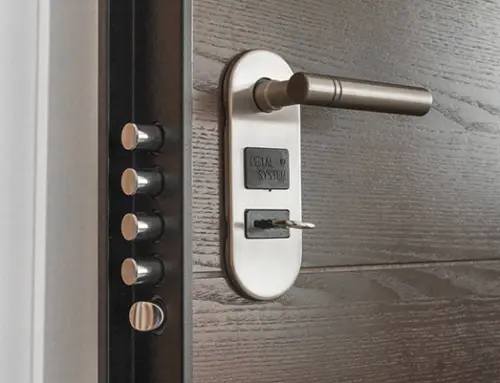
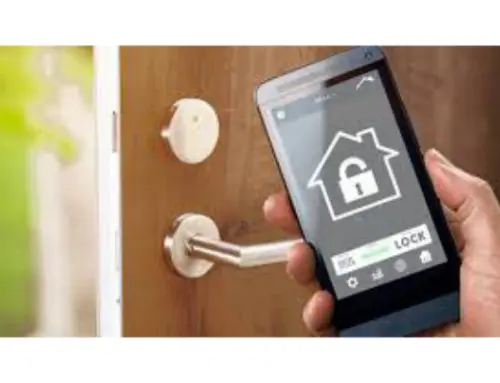
Leave A Comment